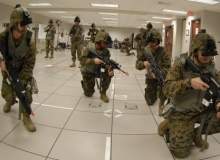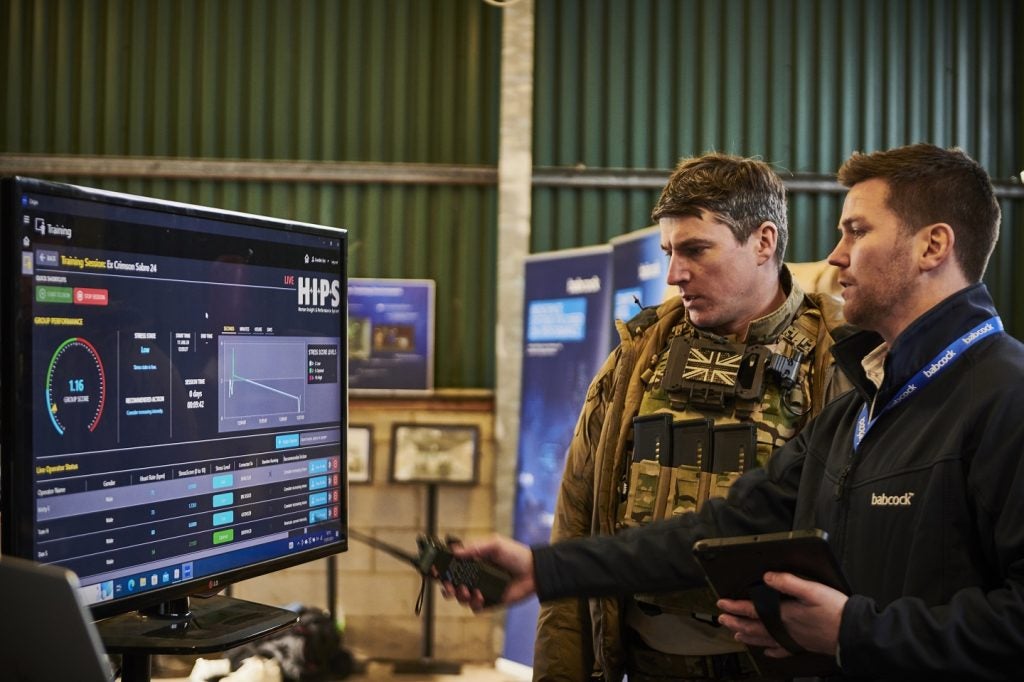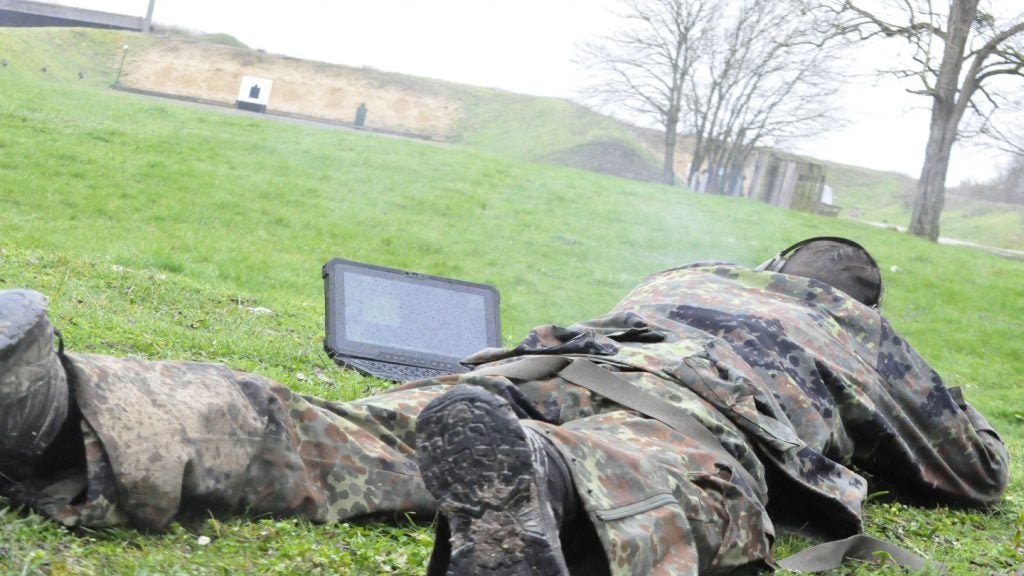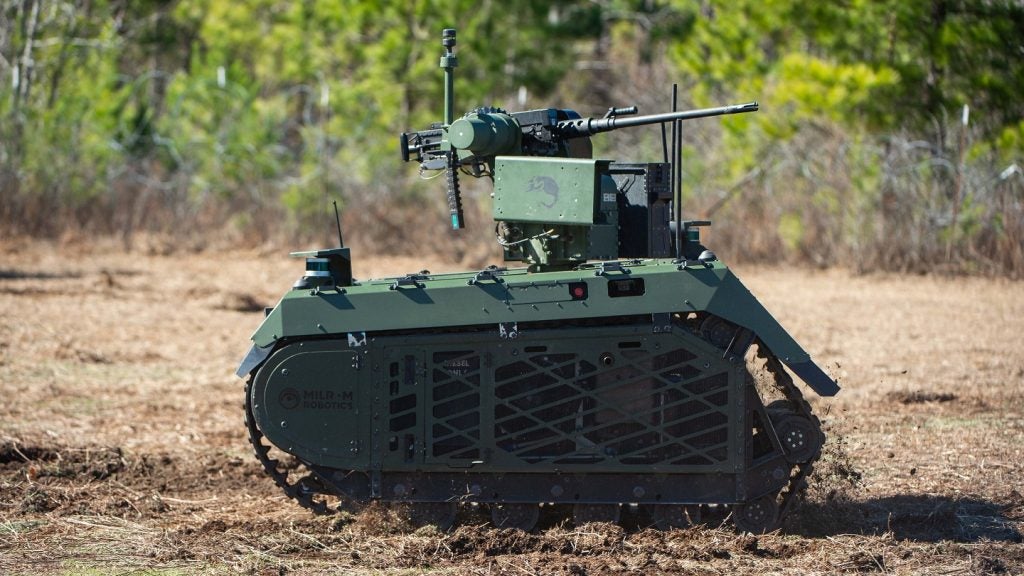

Almost all military personnel have used some form of simulation tool throughout their career, whether it’s a flight simulator for pilots or a range training/close combat simulator for infantry soldiers. The benefit of using simulators is well known; they enhance the learning process, maintain skills and save thousands of dollars in fuel, ammunition and maintenance costs.
But simulators can still be extremely expensive, bulky and lack the connectivity which would, for example, allow soldiers in a close combat tactical trainer to work alongside a pilot flying in an Apache simulator. Most times, simulators just don’t reflect collaborative nature of ‘joint operations’ today. This is something the US military wants to change.
Last December, it conducted its first-ever virtual air refuelling between two geographically dispersed simulators. This unprecedented interoperability – linking a C-17 simulator and boom operator simulator – was achieved by defining more than seventy physics-based virtual aerial refuelling standards and implementing them on a ‘distributed integration framework’.
Developers are also looking at more ambitious ways to use such digital frameworks for collaborative training. The current most promising example is the Virtual World Framework (VWF), which is being developed by defence giant Lockheed Martin and funded by the Office of the Secretary of Defense. Lockheed was awarded a contract to develop the VWF by the Department of Defense in January 2011.
See Also:
A common, open-source platform for everybody
The aim of the VWF is to create a common, open-source training platform that is accessible to all users through a regular web browser like Safari or Chrome as well as mobile phones and tablets. In simple terms, it allows military personnel in different parts of the world to collaborate in real-time virtual spaces without the need for bespoke hardware or software – the perfect solution to replicating joint operations in training.
How well do you really know your competitors?
Access the most comprehensive Company Profiles on the market, powered by GlobalData. Save hours of research. Gain competitive edge.

Thank you!
Your download email will arrive shortly
Not ready to buy yet? Download a free sample
We are confident about the unique quality of our Company Profiles. However, we want you to make the most beneficial decision for your business, so we offer a free sample that you can download by submitting the below form
By GlobalData"The primary focus has been collaborative training," explains David Alan Smith, chief innovation officer at Lockheed Martin Global Training and Logistics. "But the platform itself can be used for everything from education to multiplayer games. It’s a very flexible architecture and we want to make it easy to build applications or web pages that enable users to immediately start working with other people."
The US Defense Advanced Research Projects Agency (DARPA) is leading the charge and using crowd-sourced design to build a new ‘swimming tank.
"It allows for fairly complex behaviours of objects in scenes that are shared," he adds. "Basically it’s a replicated computation architecture which means that everybody who is participating in that particular page has exactly the same experiences and exactly the same events occur."
When a training application is designed to use the VWF, the architecture will automatically handle replication between users.
The VWF leverages existing web-based infrastructure and new technologies such as HTML5, used for structuring and presenting content on the web; WebGL, which enables hardware-accelerated 3D graphics in browsers; and WebRTC, a web application which allows real-time communication over browsers without requiring plugins or downloads.
"The key thing about the VWF is that it’s friction free," explains Smith, who has over 20 years experience developing 3D virtual environments. "You just take a modern browser like Firefox or Chrome and go to a webpage and you’re there – no plugins or anything. [In enterprise and defence] it’s really hard to install an application on a desktop and this completely goes around that problem and works with the IT organisations instead of against them."
Creating the building blocks, letting others build the structure
Lockheed Martin is only building the architecture to the VWF – the first few building blocks – and then it will be the job of outside developers to add new components such as 3D models or weather effects in a virtual world. The end goal is to create a "parallel 3D internet" where engineers can modify designs from home and military personnel can train in all kinds of scenarios.
One training application which already exists allows a teacher to demonstrate to a student how to open the doors of a Littoral Combat Ship using a detailed 3D simulation. Another demo is a simple driving game which teaches children math and computer programming concepts.
One of the biggest challenges for the VWF team is creating visibility for the platform, Smith tells us. Being open source means input from the user community is absolutely vital to the framework’s success. Smith demonstrated the VWF for the first time in July in front of game developers at the Serious Play Conference in Los Angeles. On top of this, the developers are still writing documentation and building demonstration applications. "It’s almost ready for primetime, but there’s still work to be done," admits Smith.
"The more people that use it, the more people that provide value back to the framework," he adds. "A well-run open-source community is self-fulfilling, they’re going to create new things for the framework, add new features, fix things, and that makes it better for everybody."
The Pentagon, in particular, is beginning to embrace open-source development and open architectures much more. It sees it as an effective way to reduce costs and facilitate greater competition between businesses. "[The Department of Defense] is seriously engaged in trying to understand how to help our program managers and our department and our industry look at open architecture and its benefits," assistant secretary of defense for acquisition Katrina G. McFarland said in November.
Adding value – getting small businesses on board
Open architectures also mean big defence contractors don’t own complete systems, making it easier for smaller businesses to get involved and add value. "Open-source technology today is just as good, if not better in a lot of ways, as what you get when you purchase from a business," says Smith. "So it’s really the right move here. I think you’re beginning to see a lot of that in government at the moment."
The next step for the VWF is the integration of wearable technology, which will add to the immersive experience for users. Wearables could include sensors that measure heart rates, 3D glasses and even motion sensor suits.
And it’s not just defence which will benefit from the open architecture. "I think the whole social space is a pretty static world right now," says Smith. "You can send messages back and forth but you really can’t do anything very interesting beyond that. I think there is a really interesting opportunity to create platforms that allow people to have much more rich interactions. I think you’re going to see that shortly."
So not only could the VWF take military training and simulation to the next level, it could also be the seed of the next global collaborative revolution.
Follow Grant Turnbull on Google+


.gif)





